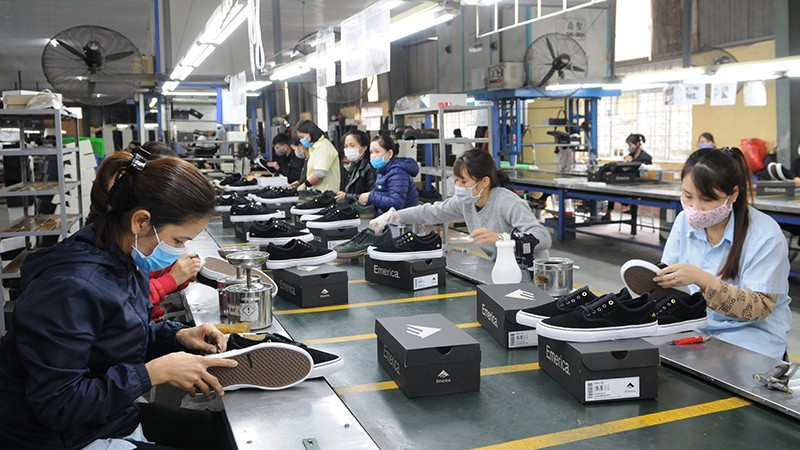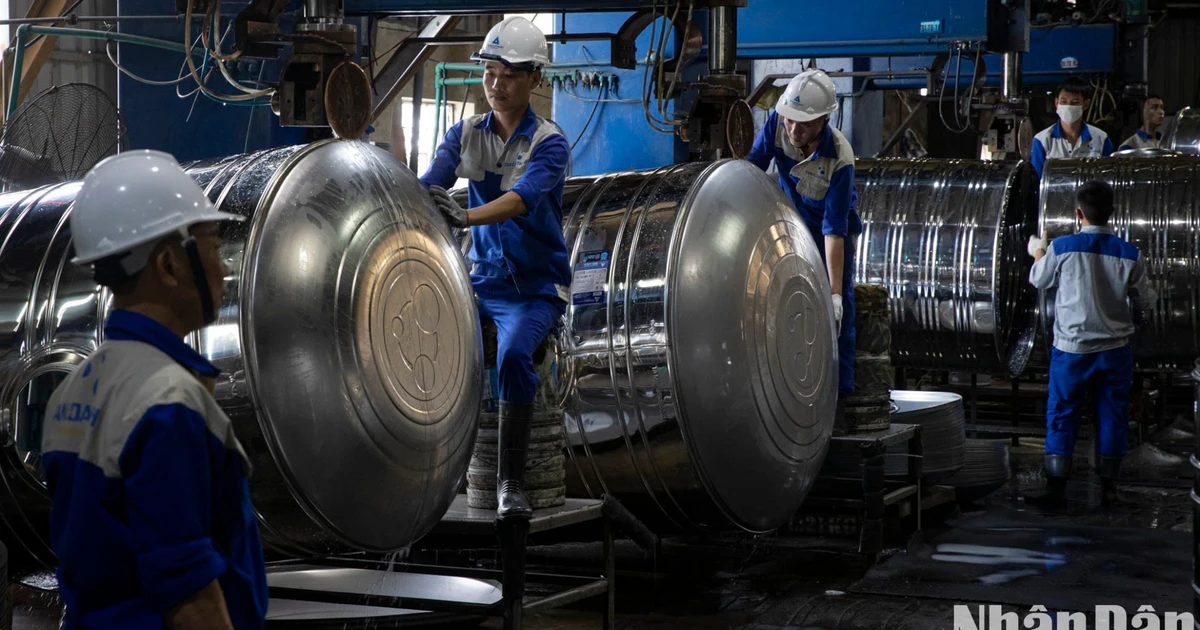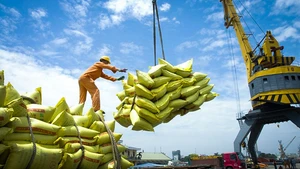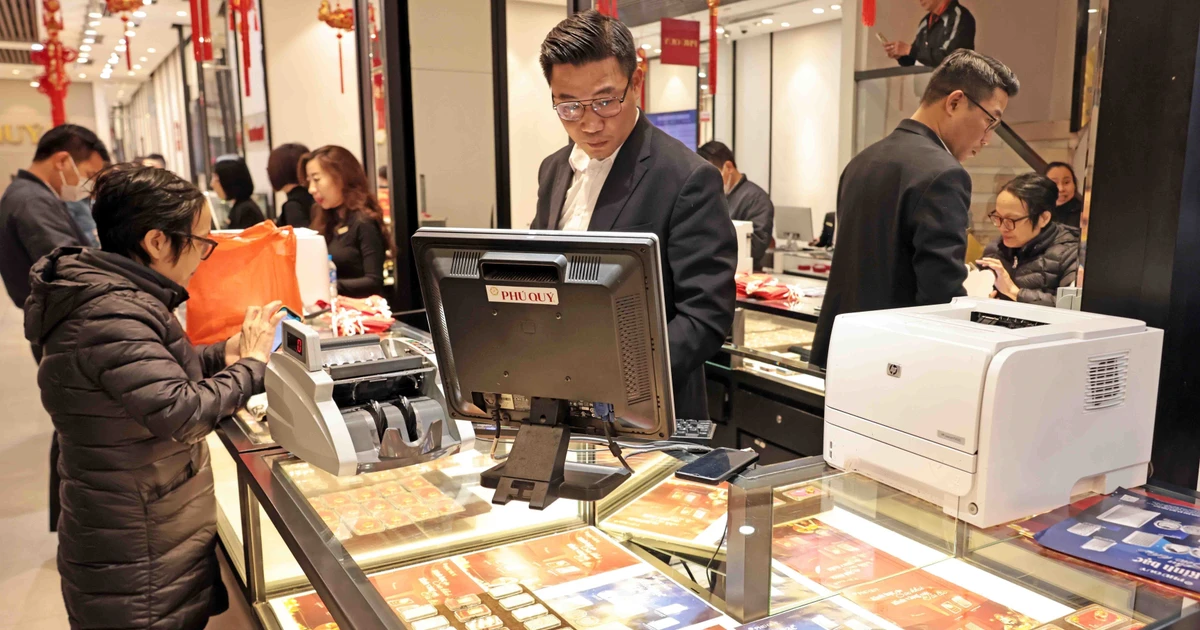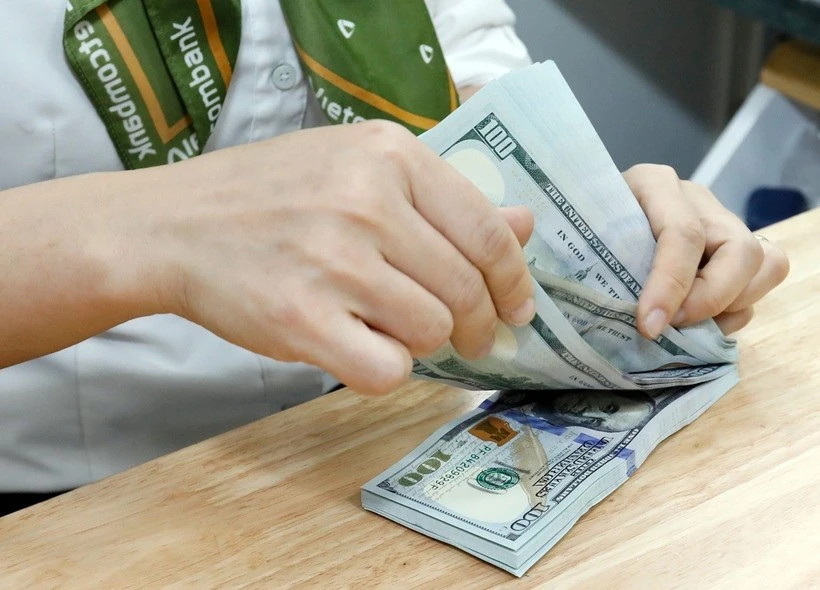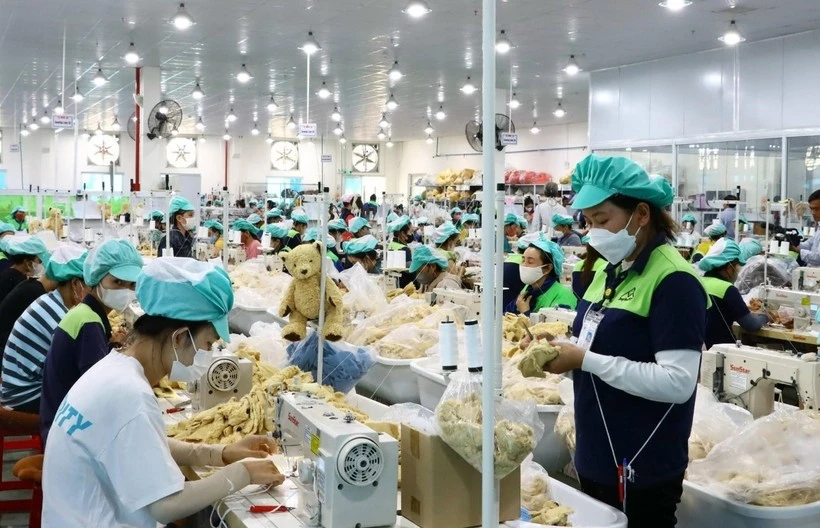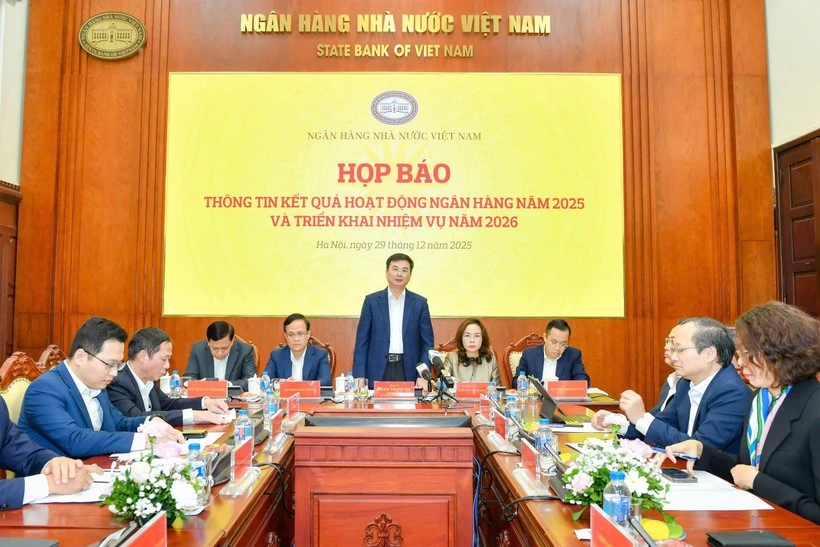Green export is an inevitable trend
As one of the exporters of footwear to the US and Japan, Catlongs has recently taken steps to transform its production so as to meet the requirements of those markets.
Director Kieu Thi Tam Anh shared that, with the aim for green exports, the company is using recycled materials to manufacture footwear products. The company’s products from rice husks and peanut hulls have been exported to Europe for years.
An increase in green exports has helped the company retain its orders from the US and Japan, which set out very strict requirements on product quality. Catlongs’ production trend is currently a common factor for footwear companies in maintaining their export revenues.
Footwear is a bright spot in the overall export picture. According to the General Department of Customs, footwear exports in the first eight months of 2024 reached 14.95 billion USD, up 11.9% over the same period last year. Exports to the US hit 5.58 billion USD, up 17.1%, while exports to the EU rose by 14.3% to 3.63 billion USD. Exports to China reached 1.32 billion USD, up 5.5%.
Vietnam is currently the third largest footwear producer in the world, behind China and India, and ranks second in exports. The country has about 1,000 footwear factories, which are employing 1.5 million workers and contribute about 8% of GDP.
But footwear export is facing many big challenges. In the past, sustainable development activities were primarily introduced by the customers and were optional, but now they are enshrined in laws promulgated by the governments of major footwear importing countries.
Phan Thi Thanh Xuan, Chairwoman of the Vietnam Leather, Footwear and Handbag Association (Lefaso), stated that the greatest challenge facing the footwear sector is meeting new standards on production sustainability and social responsibility set out by footwear importing countries.
The EU market, for example, began to introduce new requirements in March 2024 such as ecological design, sustainable design, origin tracing, and supply chain transparency. These policy changes will have a big impact on businesses in the sector.
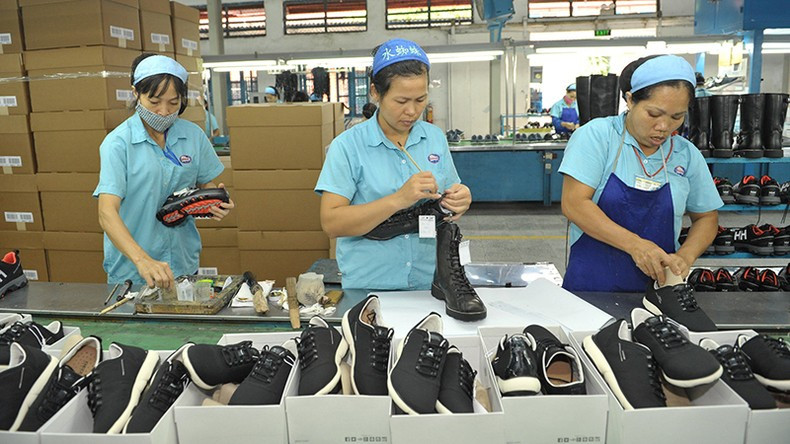 |
| Vietnam should quickly adopt green standards in the footwear sector. |
Quickly adapting to market requirements
As import markets are raising the bar on production sustainability and transparency, Xuan stressed that “Enterprises should quicky improve their product supply chains and make them more transparent, starting with materials and sustainable production towards the circular economy, and ensure social and environmental responsibility.”
In addition, it is necessary to improve the capacity to supply materials so as to enhance proactiveness in securing high-value export orders.
Under the strategy to develop Vietnam’s textile and footwear sectors until 2030, with a vision for 2035, footwear is identified as one of the country’s key exports. Vietnam will strive to manufacture high-quality products that can compete on the global market, and maintain its position as the world’s second largest producer and exporter of footwear products.
By 2030, Vietnam aims to raise its revenue from the export of footwear and handbags to 38-40 billion USD. By 2035, the sector will develop effectively and sustainably in the circular economy model, perfect the domestic production value chain, participate effectively in the global value chain, and develop some regional and international brands.
Many major footwear importing countries have introduced a series of new requirements on the import of products with social and environmental responsibility. Xuan stated that increasing domestic content in materials is expected to be a solution to help footwear companies utilise their advantages for development.
Xuan added that to achieve this, Vietnam needs to establish a materials trading centre. Currently, the requirements on the origin of materials are becoming stricter and stricter, as seen in the laws to be enacted by the EU and the US. If Vietnam can control this process, then it can achieve success in export.
Xuan pointed out that it is necessary to immediately build a specific action programme that highlights the world’s requirements on Vietnamese enterprises and policies to encourage enterprises to innovate to meet international green standards.
She emphasised that it is an overall measure to help the footwear sector grow faster and further.
In order to grow sustainably and retain orders and markets, enterprises need to restructure their production aligned with reducing business costs, enhance the design and brand-building capacity, apply new materials, and enhance competitiveness towards production that matches market trends and meet the strict requirements of importers.
